Russia is divided into twelve economic regions. Economic regions of Russia are the reunification of Russian federal structures for economic and statistical needs. The division into these economic zones is different from the division of the country into federal districts because the sole purpose of federal zones is administrative. No federal zone can belong to more than one economic zone. Economic regions are also divided into macro-economic regions. A macroeconomic zone can belong to more than one economic zone.
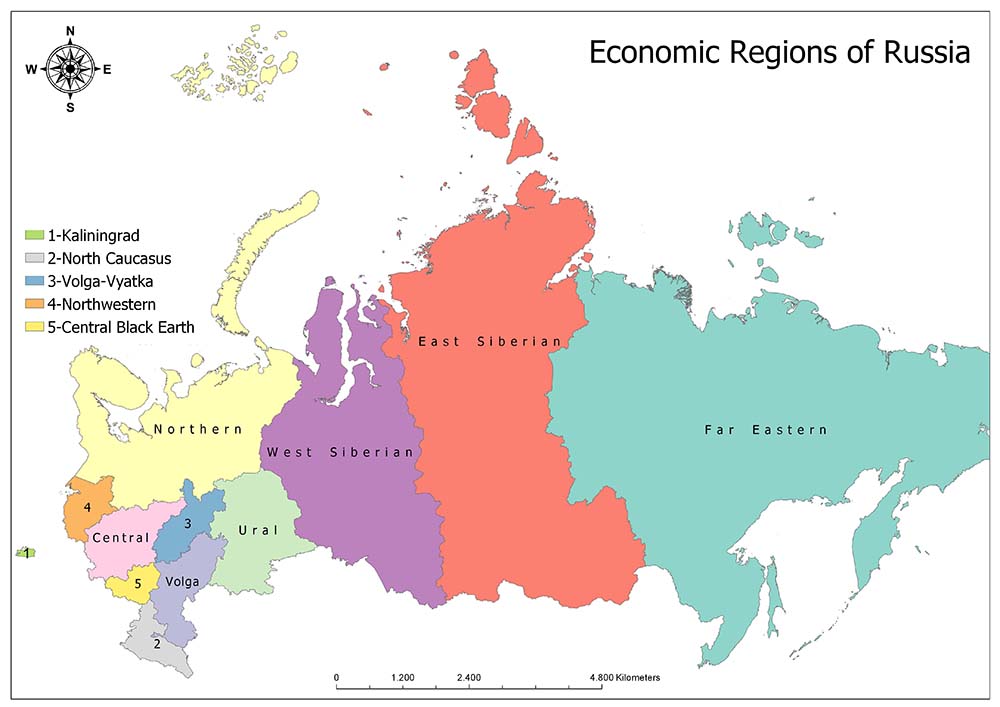
Related Map: Political Map of Russia with Surrounding Countries
Twelve Economic Regions of Russia
The division into economic zones is different from the division into federal zones. While the division into economic zones is for economic and statistical purposes only, the federal division exists only as a means of protecting federal laws on the territory of the country.
The following characteristics were considered when dividing Russia into economic regions:
- Similar economic conditions and economic potentials
- Similar climate, ecological and geological conditions
- Generally similar living conditions of the population
- Common economic and social goals
Central Economic Region
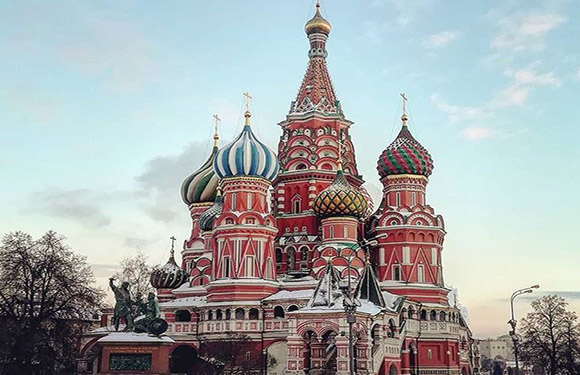
The Central Economic Region is one of the twelve economic regions of Russia. The Central Economic Zone is located in the central part of the European part of Russia. The area is 484,000 square kilometers and has a population of 30,500,000. Numerous cars and railroads intersect in the territory of this region. The Central Economic Region is a large industrial area along with Moscow.
In addition to Moscow, major cities include Smolensk, Yaroslavl, Vladimir, Tula, Dzerzhinsky and Rybinsk. Trucks, ships, railway wagons, machine tools, electronic equipment, cotton and wool textiles and chemicals are the main industrial products. The Central Economic Region accounts for 32% of the Russian economy.
Oblasts of Central Economic Region are Bryansk Oblast, Ivanovo Oblast, Kaluga Oblast, Kostroma Oblast, Federal city of Moscow, Moscow Oblast, Oryol Oblast, Ryazan Oblast, Smolensk Oblast, Tula Oblast, Tver Oblast,Vladimir Oblast and Yaroslavl Oblast.
Central Black Earth Economic Region
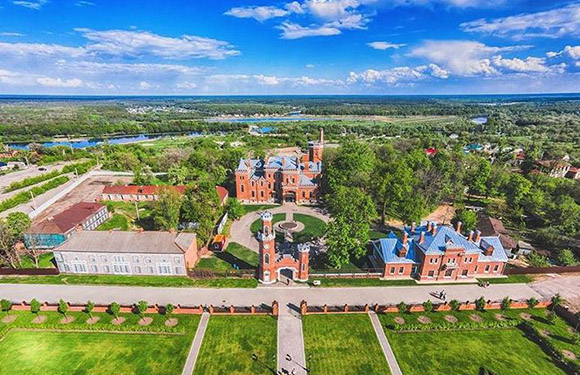
The so-called Central Black Earth Economic Region is one of the twelve economic regions of Russia. This region constitutes only 3% of Russia’s economy. The region is located in the European territory of Russia. The center of the region is Voronezh.
Oblasts in the Central Black Earth Economic Region are Belgorod Oblast, Kursk Oblast, Lipetsk Oblast, Tambov Oblast and Voronezh Oblast.
East Siberian Economic Region
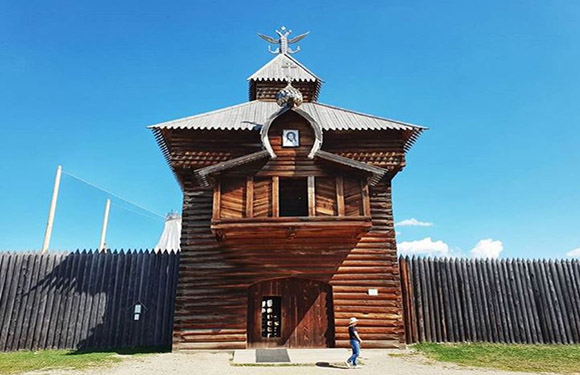
The East Siberian economic region is one of the twelve economic regions of Russia. Eastern Siberia is 3000 km from west to east and 2500 km from north to south. 75% of the land is mountainous and high plateau. Its surface area is 4,125,000 square kilometers. Some of Eastern Siberia is covered with frozen soils, and most of it is covered with tundra and taiga. Lumber volume is high.
The basin of the Yenisei River, one of the largest waterways in Siberia, is located in Eastern Siberia. It allows water transportation. At the same time, the country’s water power is close to 40% of the hydroelectric power potential is high here. It is very rich in mineral resources. Twice the coal of Western Siberia is extracted. Iron, gold, mica, lead, zinc, copper, graphite, aluminum and diamond are other important metals.
The economy is largely dependent on industry and hydroelectric power plants. Revenues from Irkutsk, Bratsk and Krasnoyarsk power plants are shifted to the industrial area. Eastern Siberia is the most important aluminum producing region in Russia. Gold, nickel, tin, tungsten, lithium and beryllium are other metals used in the industry. Wheat and oats are grown in agricultural products. Livestock is growing. Hunting, fishing and forestry are other important sources of income.
Oblasts in the East Siberian Economic Region are Buryat Republic, Irkutsk Oblast, Republic of Khakassia, Krasnoyarsk Krai, Tuva Republic and Zabaykalsky Krai.
Far Eastern Economic Region
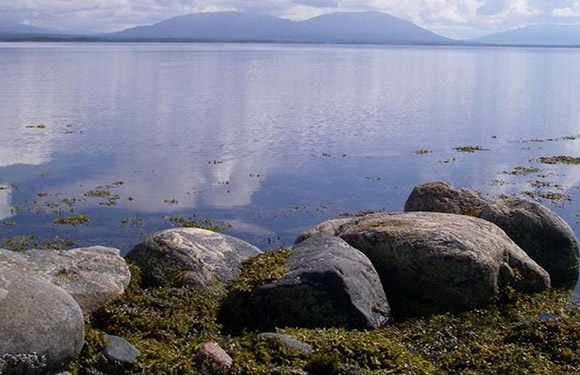
The Far East Russia region is located on the Pacific coast, between the Bering Strait in the north and Korea in the south. It is approximately 4000 km long. Its surface area is 6.2 million square kilometers. Pacific Ocean, Bering, Oknotsk and the Japanese seas have entered the continent. The coastal regions are mountainous parallel to the coast. The northern parts of the Russian Far East are covered with tundra. Most of the other areas are covered with forests.
There are conifers in the north. Broad-leaved trees are more common in the southern regions. A wide variety of animals grow in these forests in the Soviet Far East region. It is a very rich region in terms of underground resources. Bureya Basin and Vladi Vostok regions have coal deposits. Tin, iron, copper, lead and zinc are also extracted.
Oblasts in the Far Eastern Economic Region are Amur Oblast, Chukotka Autonomous Okrug, Jewish Autonomous Oblast, Kamchatka Krai, Khabarovsk Krai, Magadan Oblast, Primorsky Krai, Sakha Republic and Sakhalin Oblast.
Northern Economic Region
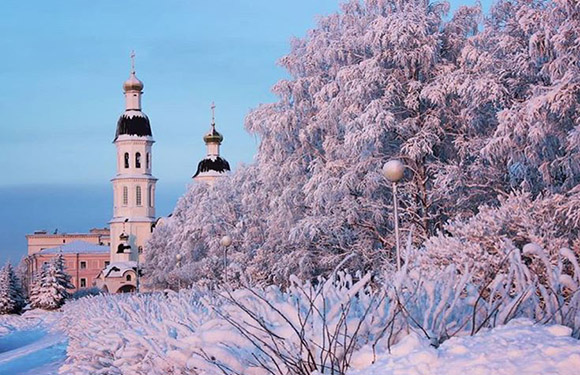
The Northern Economic Region is one of the twelve economic regions of Russia. The Northern Economic Region accounts for 4% of Russia’s economy. In the region, partly in the polar region of Russia, monthly wages are well above the national average. But at the same time, unemployment in the region is more than a fifth of Russia’s overall. The high monthly wages in the region and the high unemployment rate are all due to the difficult terrain and climatic conditions of the region.
Oblasts in the Northern Economic Region are Arkhangelsk Oblast, Republic of Karelia, Komi Republic, Murmansk Oblast, Nenets Autonomous Okrug and Vologda Oblast.
North Caucasus Economic Region
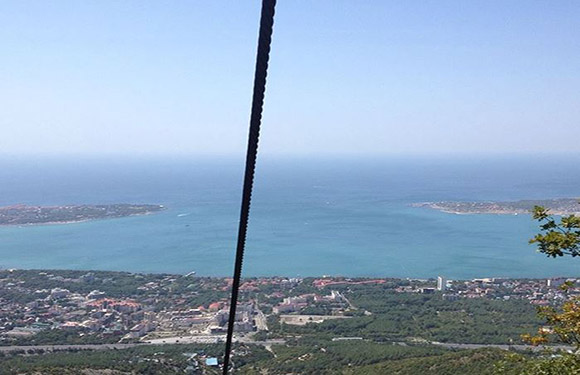
The North Caucasus economic region is one of the 12 economic regions of the Russian Federation. In this area, there is extensive, rich oil, natural gas and coal deposits on a flat area descending from the Caucasus Mountains to the north. Its major cities are Rostov-on-Don, Krasnodar, Grozny, Vladikavkaz and Novorossiysk. Sochi is the most famous holiday city. Agricultural machinery, coal, oil and natural gas are the main products. The area where the Kuban River is located is considered to be Russia’s granary with its chernezium. Wheat, sugar, beets, tobacco, rice and sunflowers are grown in cattle as livestock.
Oblasts in the North Caucasus Economic Region are Republic of Adygea, Chechen Republic, Republic of Crimea, Republic of Dagestan, Republic of Ingushetia, Kabardino-Balkar Republic, Karachay–Cherkess Republic, Krasnodar Krai, Republic of North Ossetia–Alania, Rostov Oblast, Sevastopol and Stavropol Krai.
Northwestern Economic Region
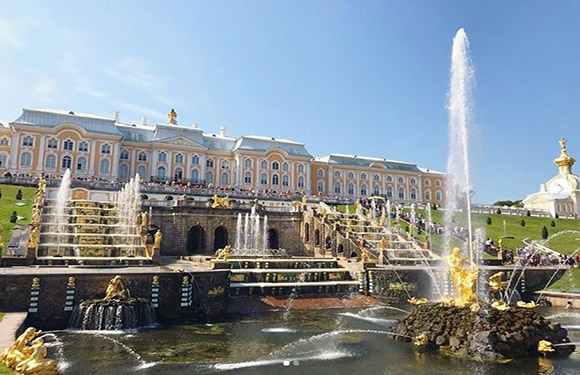
The northwest economic region is one of the twelve economic regions of Russia. The region accounts for 5% of Russia’s economy. The region is the most Europeanized region of Russia. With its proximity to the Baltic port and Finland, and the capital city of St. Petersburg, this region is Russia’s face in Europe. When the current economy in the region is evaluated, it seems to be unusually high by Russian standards, and living standards are well above the Russian average. The Northwestern Economic Region is also the capital of Russian education.
Oblasts in the Northwestern Economic Region are Leningrad Oblast, Novgorod Oblast, Pskov Oblast and Federal City of St. Petersburg.
Volga Economic Region
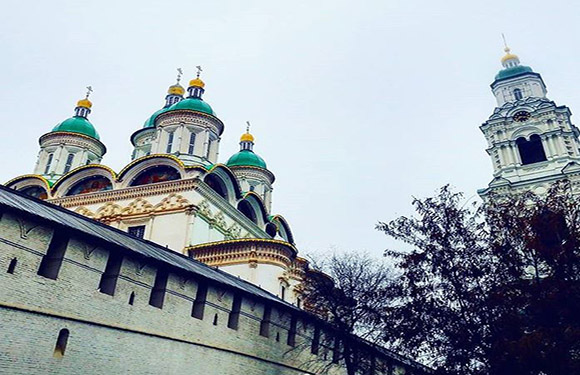
Volga Economic Region is one of the 12 economic regions of Russia. The Volga Economic Region accounts for 8% of the Russian economy. Monthly wages and GDP are below the Russian average. Nevertheless, when the overall Russia is examined, the purchasing power of people in the Volga Economic Region is above average. The region is also the second most populated region of Russia.
Oblasts in the Volga Economic Region are Astrakhan Oblast, Republic of Kalmykia, Penza Oblast, Samara Oblast, Saratov Oblast, Republic of Tatarstan, Ulyanovsk Oblast and Volgograd Oblast.
Ural Economic Region
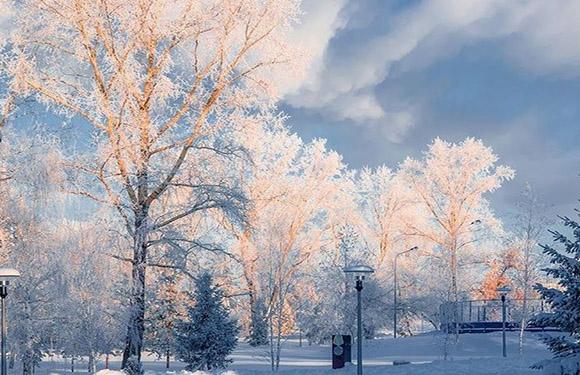
The Ural Economic Zone is one of the twelve economic regions of Russia. The Ural Economic Region is one of the prominent industrial zones in Russia. The region constitutes 10% of the Russian economy. Iron and non-ferrous metallurgy, mechanical engineering, chemical, mineral and natural gas mining, timber and wood processing industries are highly developed in the region. The food industry of the Ural economic region specializes in the production of wheat, meat and milk, mostly around large industrial centers. Most of the areas are in the southern regions.
The Ural economic region, one of Russia’s most populous regions, has a large gross domestic product, mostly due to urban economic activity. The GDP per capita is above the national average, but the monthly average wages are lower than in large Russian cities such as Moscow and Saint Petersburg.
Oblasts in the Ural Economic Region are Republic of Bashkortostan, Chelyabinsk Oblast, Kurgan Oblast, Orenburg Oblast, Perm Krai, Sverdlovsk Oblast and Udmurt Republic.
Volga-Vyatka Economic Region
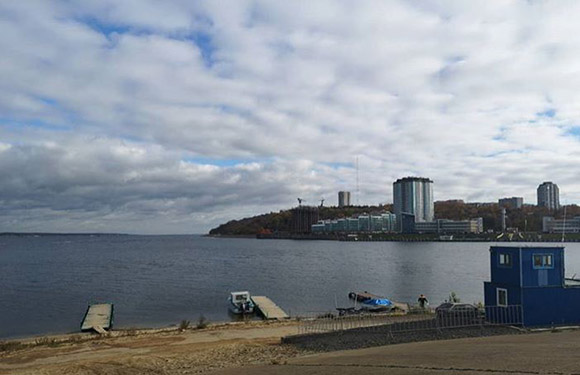
Volga-Vyatka Economic Region is one of the twelve economic regions of Russia. The Volga-Vyatka Economic Region accounts for 3% of the Russian economy.
Oblasts in the Volga-Vyatka Economic Region are Chuvash Republic, Kirov Oblast, Mari El Republic, Republic of Mordovia and Nizhny Novgorod Oblast
West Siberian Economic Region
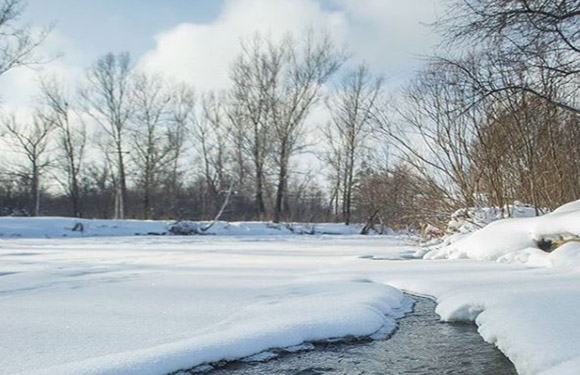
Located between the Urals and the Yenisei River, Western Siberia is the first settlement area. It is the most developed part of the Siberian land where the majority of the population lives. The large lowland stretching towards the Arctic Sea in the semi-barren Kazakhstan region is the most natural physical feature of Western Siberia. It is one of the largest plateaus in the world with a surface area of 2.5 million square kilometers and is a flat land.
West Siberian economy is based on agriculture and industry. The Kuznetsk Basin is rich in coal, iron sprouts, oil, natural gas and timber. Therefore, the iron and steel industry has developed. Approximately 100 million tons of coal is extracted annually.
Oblasts in the West Siberian Economic Region are Altai Krai, Altai Republic, Kemerovo Oblast, Khanty–Mansi Autonomous Okrug, Novosibirsk Oblast, Omsk Oblast, Tomsk Oblast, Tyumen Oblast and Yamalo-Nenets Autonomous Okrug.
Kaliningrad Economic Region
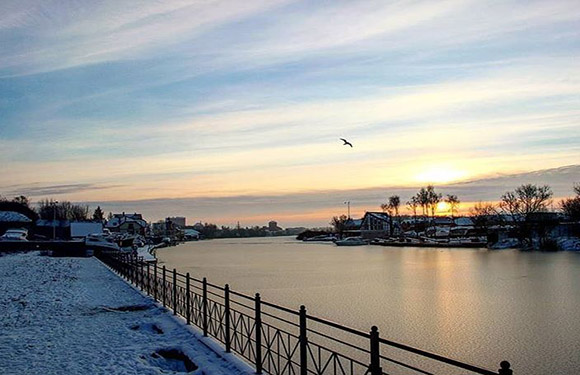
Kaliningrad Economic Region is one of the twelve economic regions of Russia, consisting of Kaliningrad Oblast. Kaliningrad is a territory of Russia on the Baltic Sea coast between Lithuania and Poland, with no land connection with Russia. The area is the smallest economic region in Russia with an area of 15,000 square kilometers. According to 2015 data, Russians make up 84% of the population of the region with a population of 453,461.
Oblast in the Kaliningrad Economic is Region Kaliningrad Oblast.